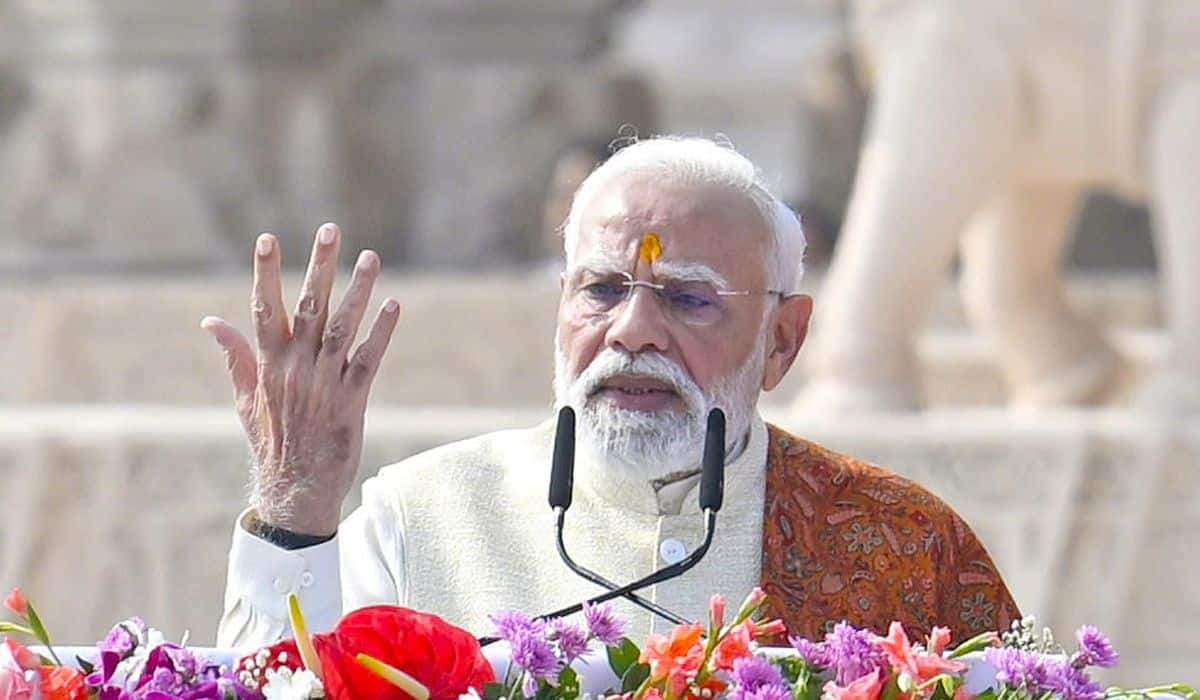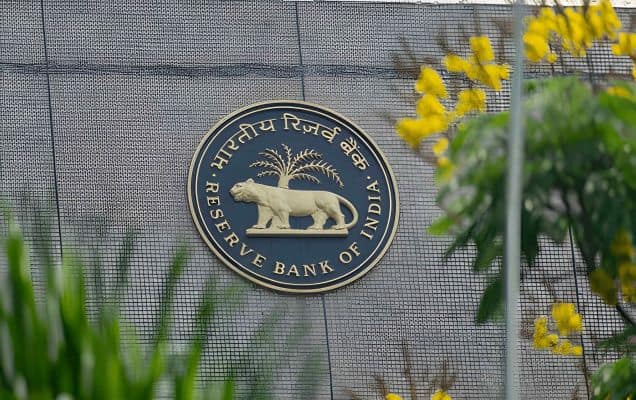Shri Narendra Modi’s rise among the ranks of the Rashtriya Swayamsevak Sangh (RSS) and his joining the Bharatiya Janata Party (BJP) through the 1980s and the early 1990s coincided with a very tough period in the history of Independent India. The country faced conflict across its length and breadth and the Centre was witness to this disintegration but stood helplessly. Conflict was rife across Punjab and in Assam as the integrity and sovereignty of our Motherland were being challenged. Internally too, divisive politics ruled the roost. In Gujarat ‘curfew’ became the most common word in the household dictionary. Brother was pitted against brother, communities against communities, as vote-bank politics became the norm.
One person who rose to the occasion, living up to the vision of Sardar Patel of a united and strong India committed to values of democracy and free speech was Shri Narendra Modi. The gloomy national scenario brought out the patriot in Shri Narendra Modi, who gave his best and worked very hard for the RSS and BJP in this battle of ideals. As it is, he had established himself as not only a dedicated worker but also an efficient organizer since a very young age. It was only befitting that he would rise to the occasion, challenging the unhealthy status quo.

Shri Narendra Modi in Ahmedabad during the Ekta Yatra
By the end of the 1980s, the country’s northern most state of Jammu and Kashmir that was once known as ‘Paradise on Earth’ had become a full-fledged battlefield. The opportunistic politics of the Centre combined with blatant subversion of democracy during the 1987 State Elections made J&K a hotbed of anti-India activities. The valley that had once been called the most beautiful place on Earth was fast becoming a battlefield as blood spilled on the streets. Matters reached such a low that even the hoisting of the tri-colour had become taboo in Kashmir. Rather than taking remedial action, all the Centre did was to watch helplessly.
Rubaiya Sayeed, the daughter of the Union Home Minister Mufti Mohammad Sayeed had been kidnapped by the same anti-national elements in 1989. But, instead of taking a tough stand, the Government in New Delhi took the easier way out to quickly release known extremists with anti-India sentiments, thus giving a long rope to such anti-national elements.
The BJP could not remain a mute spectator to this systematic denigration of India’s sovereignty. It was during a visit to Kashmir that Shri Shyama Prasad Mookerjee had given up his life and decades later, thus it fell on the BJP to speak up for the cause of national unity. As a response to the unprecedented situation, the then party President Dr. Murli Manohar Joshi decided to embark on an ‘Ekta Yatra’ advocating national unity. The Yatra would begin from Kanyakumari, the place where Swami Vivekananda found the purpose of life and end with the hoisting of the tricolor at Lal Chowk in Shrinagar.

The task of preparing for the Yatra lay on Shri Narendra Modi’s shoulders keeping in mind his well established organizational skills; Putting his mind, organizational strength and sweat into the responsibility, he made elaborate arrangements in a very short span of time braving the huge risks that came with it. Without any fear, he visited every place that the Yatra would cover, meeting party workers.
He galvanized and inspired party workers, created a patriotic fervor among them, thus laying the ground for the Yatra’s success. In this process he had not only shown that he was a master organizer but he had also exhibited the ability to deliver in any circumstances at a remarkable pace, a rare virtue in public life today. Shri Modi came across as a quick decision maker even in adverse circumstances and someone who had the ability to implement what he had decided.

Shri Narendra Modi during Ekta Yatra
The Ekta Yatra commenced on 11th December 1991, coinciding with the birth anniversary of Subramania Bharti and the ‘Balidan Diwas’ of Guru Tegh Bahadur. The prominent issues raised across the country were opposition to divisive and violent politics and an end to the menace of terror in Kashmir.
Wherever he went, Shri Modi echoed the message of Shyama Prasad Mookerjee, saying that the unity of India came above everything else, and that he did not believe in different yardsticks for different sections of society. A fitting reply to anti-national elements was the need of the hour and when the time came, Shri Modi led from the front! The Ekta Yatra received rousing welcomes virtually wherever it went. Dr. Joshi stressed the need of national regeneration, which found an instant connect with the people of India.
There couldn’t have been a better eye-opener for a blind Congress Government in Delhi than the Ekta Yatra. Needless to say, the success of the Yatra was a milestone for Shri Narendra Modi, whose organization skills proved invaluable as the Yatra progressed. Shri Modi himself urged the people of India to strike the death-knell of pseudo-secularism and votebank politics. An emotional Narendra Modi watched with joy as the tricolor was finally unfurled in Srinagar on 26th January 1992! The successful completion of this rare national mission amidst the most challenging circumstances was a tribute to Shri Modi’s ability to give effective replies to the anti-national elements with unparalleled courage, vision, skill as the power of Bharat Mata yet again demolished the folly of anti-India elements.
Disclaimer:
It is part of an endeavour to collect stories which narrate or recount people’s anecdotes/opinion/analysis on Prime Minister Shri Narendra Modi & his impact on lives of people.













